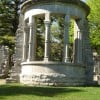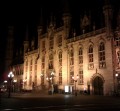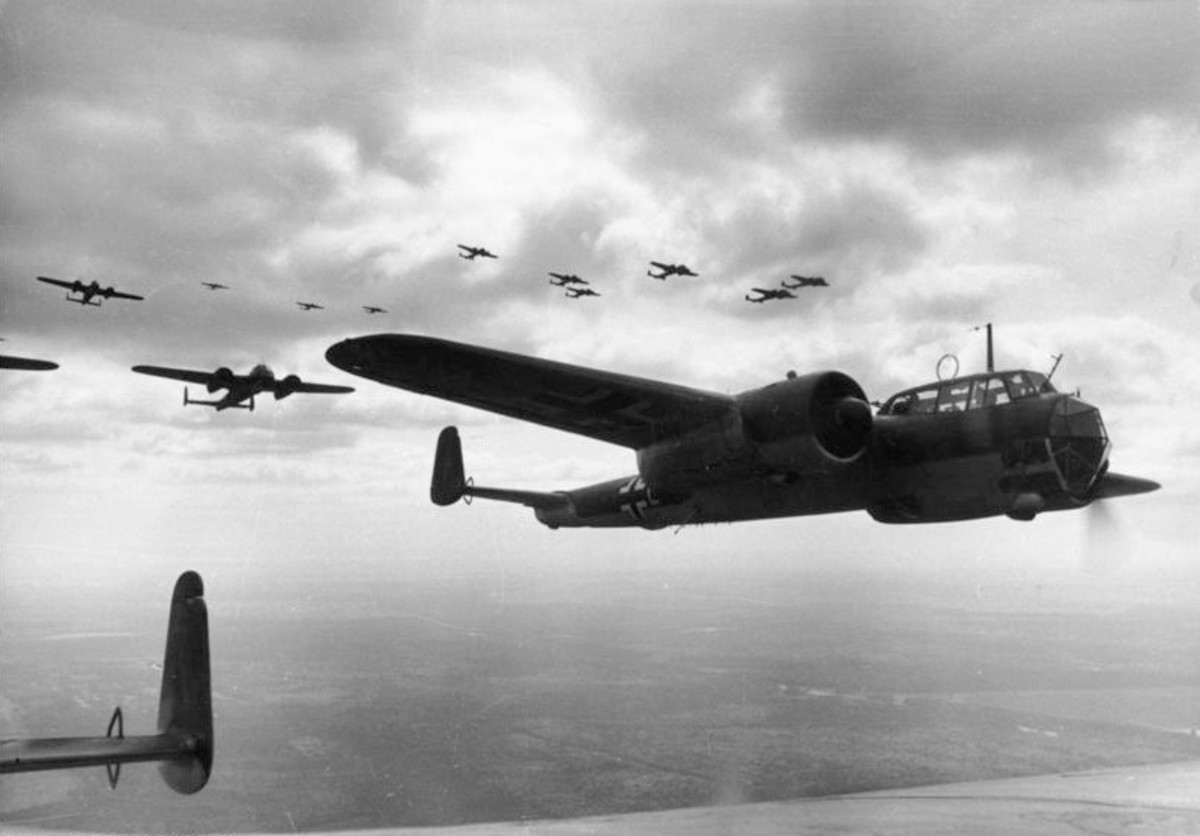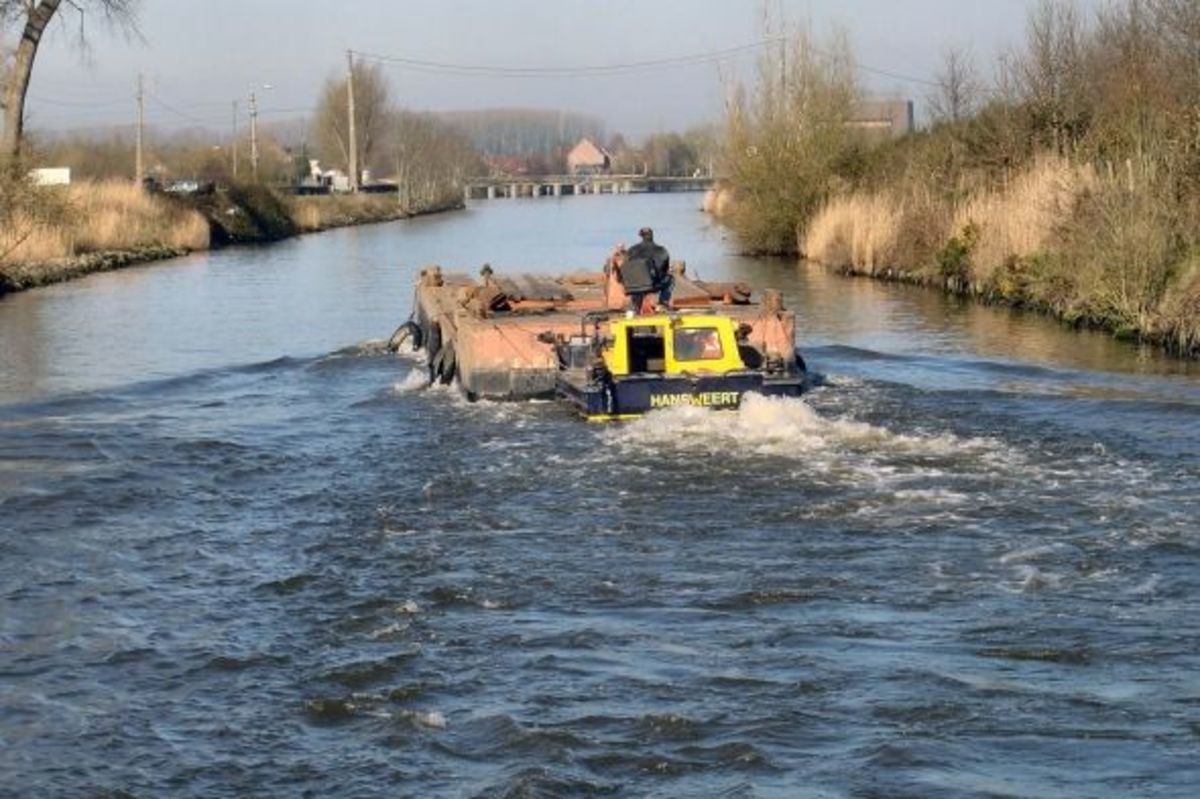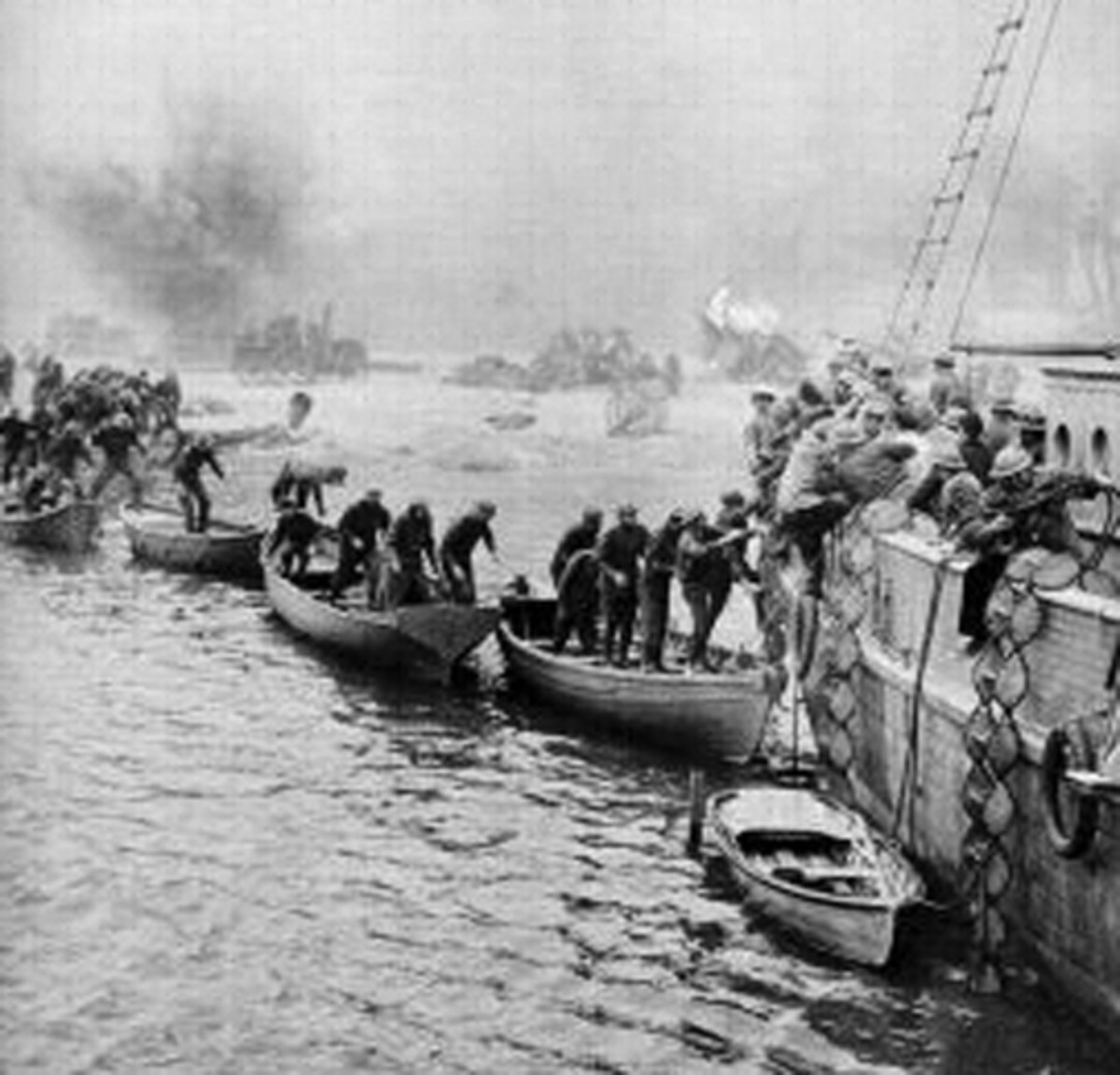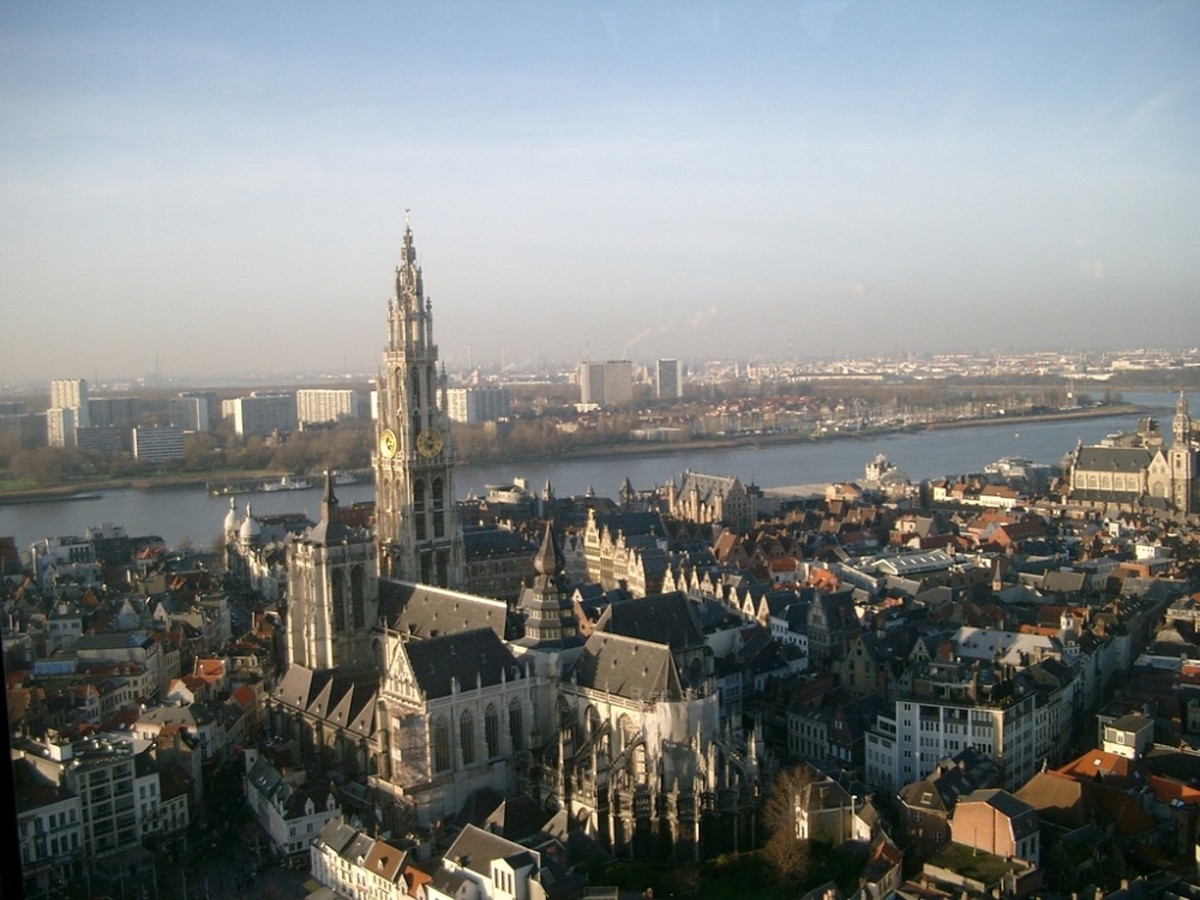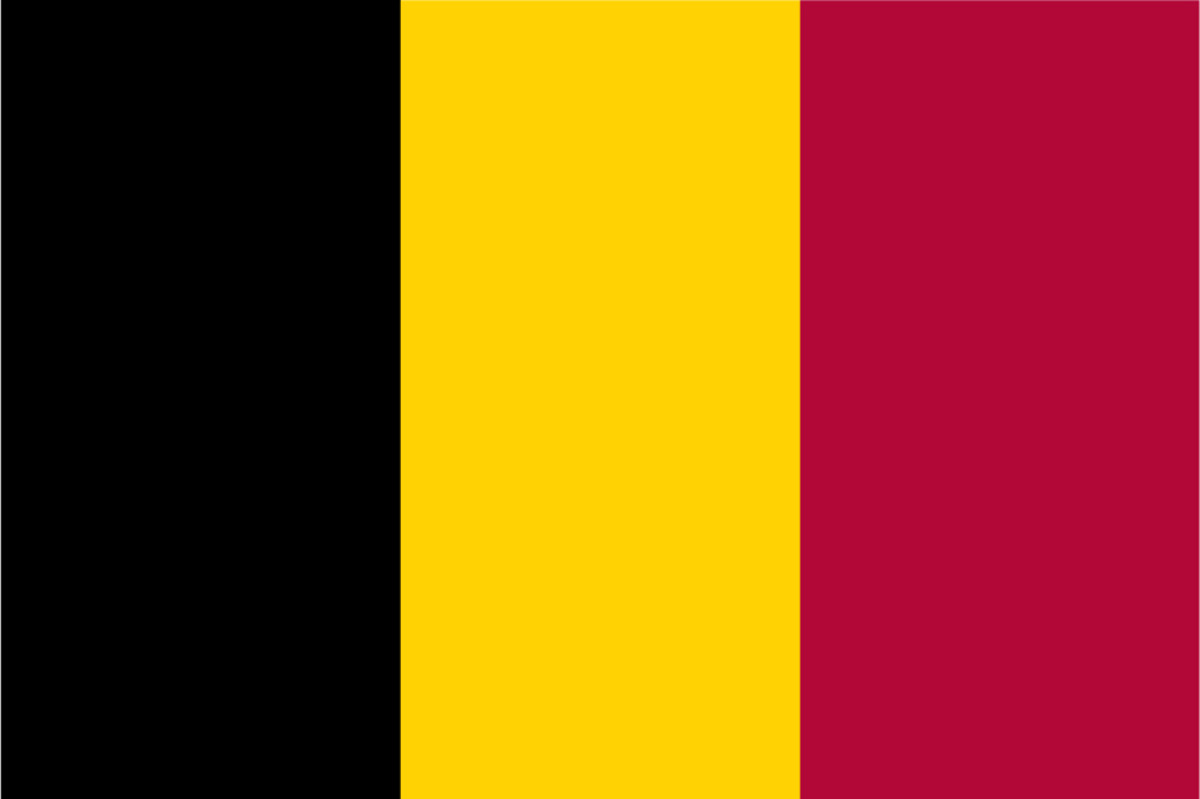Visiting Martelange, Belgium: or, Be confused by this quadrilingual town
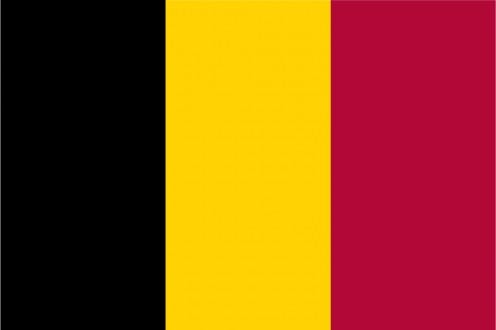
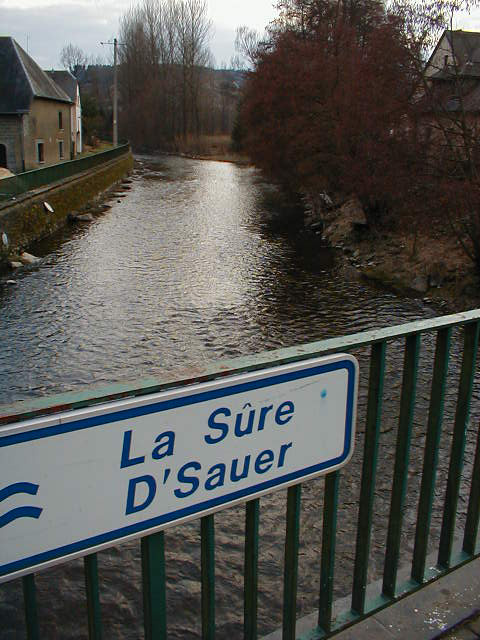
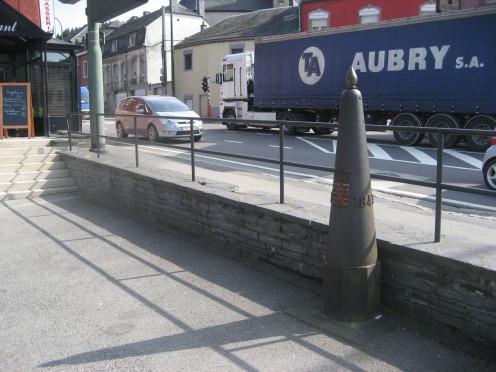
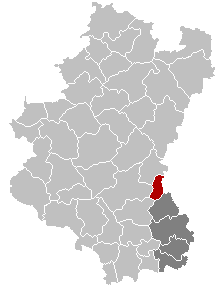
And you might fill up with gas, too
The Belgian town of Martelange attracts vacationers in the summer months especially, taking advantage of the peaceful scenes in the surrounding wooded, Ardenne hill country. (NB: In Belgium, the word 'Ardenne' is often used in the singular; whereas in France, which has a department named 'Ardennes', it is in the plural.)
The former Kuborn mill in Martelange has been restored in recent years and may be visited.
But before the significant rise of tourism, Martelange was known as a centre for the slate industry. (See also the reference, below,to Martelange-Haut.)
The present church of St. Martin at Martelange dates from 1899.
Battle of the Bulge
In 1944, given Martelange's situation on the main road between Bastogne and Arlon, both German and American troops saw it as being significant. For this reason bridges were blown and some fierce fighting occurred here.
At Martelange, the local History Society (French: Cercle d'histoire ), particularly active since the year 2000, has resources relating to the Battle of the Bulge.
Half in the Grand Duchy of Luxembourg
But a major feature of Martelange is also that half the town isn't in Belgium at all. The Route de Bastogne is the main road artery running north-south through the town. If you cross the road, you will find yourself in the Grand Duchy of Luxembourg, in a part of the town calling itself Rombach-Martelange,
This leads to some rather odd situations. A united Europe is supposed to mean a free movement of goods and services. But it certainly doesn't mean a uniformity of taxes and prices. There will always be a government such as Luxembourg's, which ostensibly puts great store in being supposedly at the forefront of this unification process, but which in practical terms will manage its indirect tax levels in a way which attracts foreign visitors to spend a great deal of money.
And so at Martelange, the Grand Ducal side of town has a lot of gas stations. But when you examine each gas station as a piece of real estate, you will gather that in order to get to each of them you have to drive in from Belgium. But as long as drivers park at the pumps a fraction over the border into Luxembourg, they can qualify for paying less tax on their gas. (This feature of the town has not been without controversy or tragedy. A lot of gas stations need a lot of tankers to fill them with gas. The local main road is winding. And periodically tankers have crashed. In 1967 a tanker crashed in the town and exploded, killing 22 people. Such a tragic event takes decades to recover from.)
Local businesses do a roaring trade in liquor, tobacco (and, of course, gas). Being partly in Belgium and partly in Luxembourg, licensing hours are not the same, either, and so there used to be reports of regular patrons of a local establishment through which the border ran, otherwise ignoring the odd geography of the real estate, at a certain hour interrupting briefly their socializing libations, shifting a few inches along the building, and resuming unconcernedly their evening of cheer.
French, Walloon, Letzebuergesch and German
So now we get to the quadrilingual part.
French: Martelange is in the south of Belgium, in the province of Luxembourg (yes, Belgium has a province called Luxembourg, too). It is thus French-speaking. In French, the river which flows from the Grand Duchy into Belgium is called the Sûre.
Walloon: not just because it belongs to the Walloon region, but because in parts of Luxembourg province, the Walloon language also has a certain currency. In fact, the Walloon area even traditionally spreads into a small part of the Grand Duchy, a few kilometres from Martelange, where Antoine Atten , as a Grand Ducal citizen, has been known to publish in Walloon. The name of the town in Walloon is: Måtlindje or Mautlindje ; the name of the river running through it in Walloon is Seure.
Letzebuergesch: Part of the town is in the Grand Duchy, where officially there are three languages: French, German and Letzebuergesch, with the latter designated the national language. In addition, from Martelange southwards, there is an area of the Belgian province of Luxembourg known in Letzebuergesch as the Arelerland . When Germany invaded Belgium in 1940, the Letzebuergesch spoken in this area was deemed to be German. After World War Two, anyone still deeming it to be German was in for trouble. But then in some places in Belgium along the Belgian-Luxembourg border, such as Ouren, where Letzebuergesch is also spoken, it had to be German-speaking because such places had previously been deemed as such — indeed, prior to 1918, the Ostkantone of eastern Belgium were part of Germany. Whereas from Martelange southwards, where Belgian politicians had not previously deemed German to be spoken, it had to be Letzebuergesch; in fact, for years the Belgian authorities paid scant attention to Letzebuergesch there at all. Thus, in Letzebuergesch, Martelange is Maartel . Unless, that is, it's called Maarteleng . The local river is called the Sauer in Letzebuergesch.
German: As mentioned, above, there are strong historical reasons why on the Belgian side of the street, Martelange cannot be described as German-speaking. Its name in German, however, is Martelingen and the river is the Sauer . But on the Grand Ducal side of the street, German is indeed one of the official languages.
So when I say quadrilingual, what I mean is, the Belgian half is trilingual, excepting the German; and the Grand Ducal half is trilingual, excepting the Walloon. Or at least in theory. But in practice it's hard to gauge people's precise linguistic fluency simply by crossing the street. (Or to use an analogy, politicians who deign to talk about Martelange's linguistic situation are rather like an automobile manufacturer, which, if you complain that their sports model has not very much leg room in the rear, will respond: Oh, well, it's not really a 4-seater, it's a 2 + 2.)
Where do they go from here?
So this article could easily have been written about Rombach-Martelange, the Luxembourg locality, with its Belgian connections. Because despite what else politicians and lawyers might vehemently affirm, it is one town when you are actually there. For local people, the border is both there, and not there; part of their state of mind, but also second nature.
In fact, Martelange used to be far from any international border, Before 1839, that is. When this border between the two Luxembourgs — Grand Ducal and Belgian — was fixed in that year, it was supposed to be the first instance of ethnolinguistic considerations being paramount in the drawing of frontiers! I would conjecture that, ideology aside, other factors would have been coming into play at the same time, though, not far below the surface.
Also worth seeing
Martelange-Haut , Grand Duchy of Luxembourg (distance: 1.7 kilometres) has a Slate Museum, centring on the former slate industry which formerly employed hundreds of people in the area.
Bastogne , Belgium (distance: 21 kilometres), is visited by many Americans on account of its Battle of the Bulge associations.
Arlon , Belgium (distance: 19 kilometres) has a number of museums and some impressive examples of ecclesiastical architecture.
Esch-sur-Sûre, Grand Duchy of Luxembourg (distance: 22 kilometres), with its imposing castle and meandering Sûre River .
Clervaux , Grand Duchy of Luxembourg (distance: 48 kilometres) has a fine castle, ecclesiastical architecture of distinction, and further memories from the Battle of the Bulge.
Burg-Reuland , Belgium (distance: 75 kilometres), which is located in the German-speaking Ostkantone , has significant buildings of note; including an imposing castle with a long history.
Be sure to visit, if you can, the photogenic and historic Luxembourg City (distance: 49 kilometres).
...
How to get there: Brussels Airlines flies from New York (JFK) to Brussels Airport (distance: 167 kilometres), where car hire is available. The nearest large international airport is Luxembourg (Aéroport de Luxembourg ), at Findel (distance: 62 kilometres), where car hire is available. For North American travellers making the London, England area their touring base, airlines flying to Luxembourg include Luxair (from London Heathrow Airport and London City Airport) and CityJet (from London City Airport). Please check with the airline or your travel agent for up to date information. Please refer to appropriate consular sources for any special border crossing arrangements which may apply to citizens of certain nationalities.
MJFenn is an independent travel writer based in Ontario, Canada.
Other of my hubpages may be of interest
- Visiting Clervaux in the Grand Duchy of Luxembourg: rich architectural heritage and Battle of the Bu
Clervaux, the name of a municipality and an administrative canton, is one of those places where history seems to tread everywhere you look. The medieval castle which stands in the centre of town was founded... - Visiting Luxembourg City's 'Place de la Constitution': the 'Gelle Fra' and keeping ahead of the depo
In 1919 Luxembourg's Grand Duchess Marie-Adlade (1894-1924) abdicated. Subsequently, so did several of her successors as head of state. But Marie-Adlade 's departure was different. Hers was not of... - Visiting the Pont Adolphe in Luxembourg City: bridging the essence of the Grand Duchy of Luxembourg'
Luxembourg is all about bridging gaps and differences; at least, this is one of the impressions that the foreign visitor often gets. Having been fortified by Vauban, the City of Luxembourg used to be known as... - Visiting Ouren, Belgium, in the German-speaking Ostkantone: where three countries' borders meet
In some ways Ouren, Belgium, is in a unique geographical location. More than three quarters surrounded by territory belonging to other countries, it is part of eastern Belgium's German-speaking community, at... - Visiting Bouillon, Belgium: memories of Godefroid, styled King of Jerusalem, and his castle
So this Medieval castle is in Luxembourg? Well, yes and no. Some geography The Grand Duchy of Luxembourg, with its many castles, is an independent state, which neighbours Belgium....
